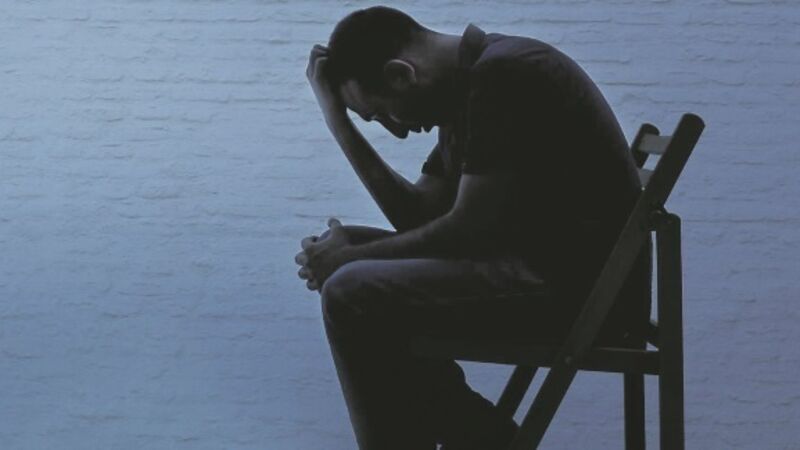Figures show we need to do far more - Trying to understand suicide

No matter how resilient we imagine ourselves, or our closest family and friends, to be human is a deep mystery, one that sometimes ends in the most tragic circumstances. As the good book says, we know not the day nor the hour. But there is so very much that we do not understand about the anguish, the malign forces, and the merciless, relentless doubts that cause suicide.
One thing we do know is that verdicts of suicide were returned in four of the seven inquests held at the coroner’s court in Killarney earlier this week. This is not an unprecedented ratio, but the age profile is. Three of those who died were in their 50s and one was in his 80s. Heretofore, young men dominated these sad stories, but, it seems, the vulnerability of a different demographic cohort has become a cause for concern.
The number of suicides, once routinely described as an epidemic, is falling. Suicide peaked in 2001, at 13.5 suicides per 100,000 people. However, rates have consistently fallen since 2004, and that year’s 12.2 per 100,000 has not been exceeded since. Today’s rate, however, remains stubbornly just above the 10-per-100,000 mark, and may be higher if, as is widely believed, suicide is under-reported. Despite this, we still have the fourth-highest rate of youth suicide in Europe.
Given our less-than-committed attitudes towards mental health and the provision of mental health services, this cannot be a surprise. It is an indictment of our last government that three senior ministers — Michael Noonan, Leo Varadkar and Brendan Howlin — proposed spectacular cuts — €35m — to the already modest mental health budget, and might well have succeeded, but for the intervention of the then minister with responsibility, Kathleen Lynch. It must be an indictment of sorts, for all of us, that two of those men are members of the new cabinet, and the third is a member of the 32nd Dáil, but the person who did the honourable thing, the right thing, and defended mental health services, lost her seat. Sometimes, actions do, indeed, speak louder than words.
The fall in the suicide rate, moderate as it is, is no reason to reduce spending on mental health, especially as a new age group’s susceptibility is becoming apparent. Advances in science, especially forensic medicine, can now help establish if anti-depressants are at the root of violent behaviour that can lead to murder or suicide. This work concentrates on how genetic variations in metabolism provoke varied reactions to anti-depressants. This, in turn, might help us better understand, and ease, the sense of isolation a person comtemplating suicide must feel.
Our commitment to physical health has almost become a religion. This week’s inquests in Killarney, and others like them, suggest that we need to widen our view of what it means to be human and how we build and sustain the emotional equilibrium vital to good mental health.














